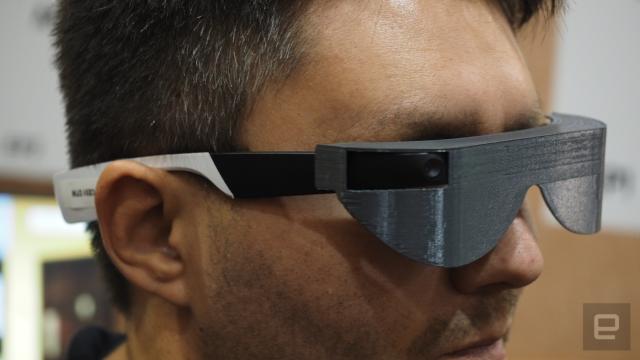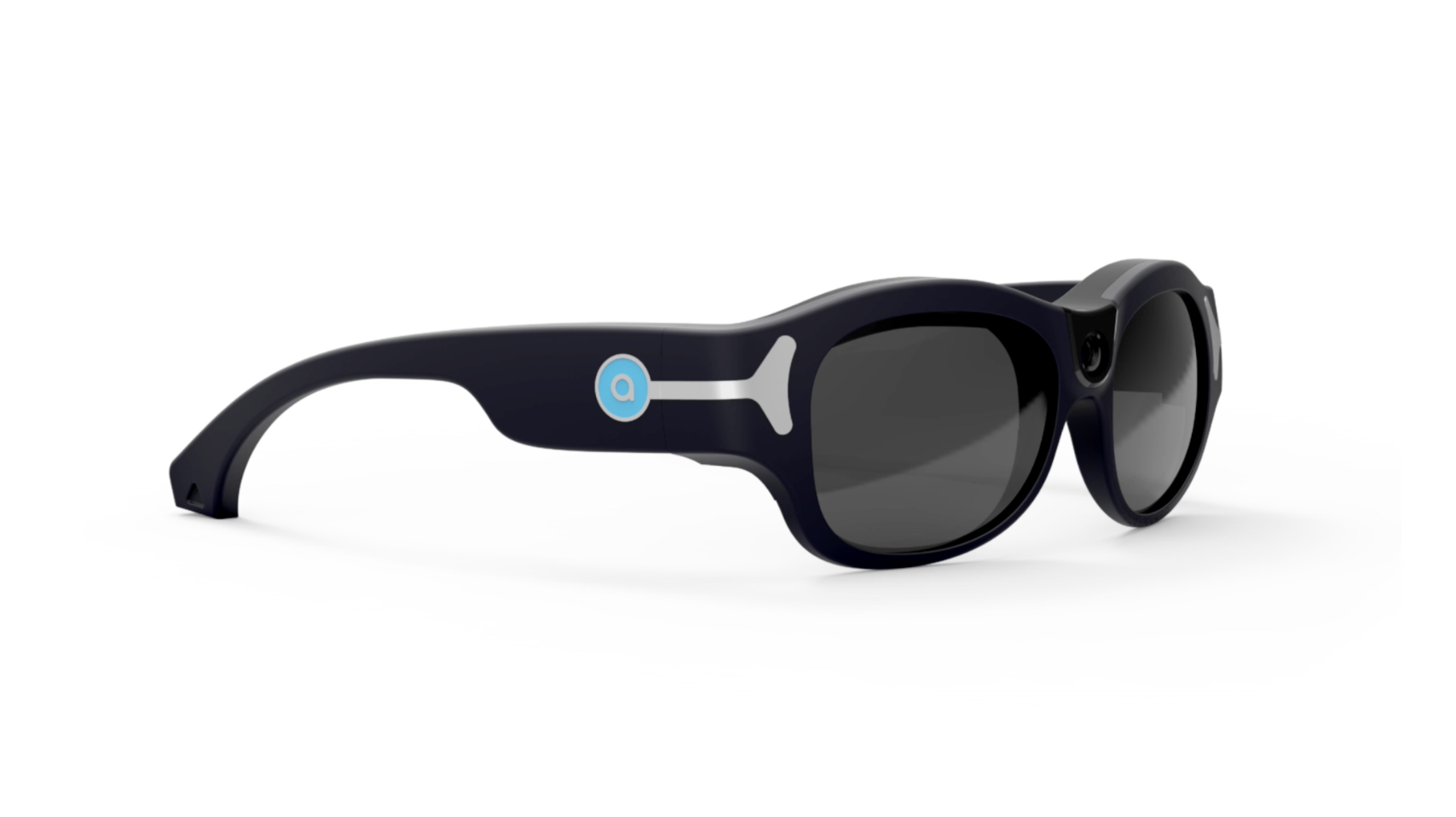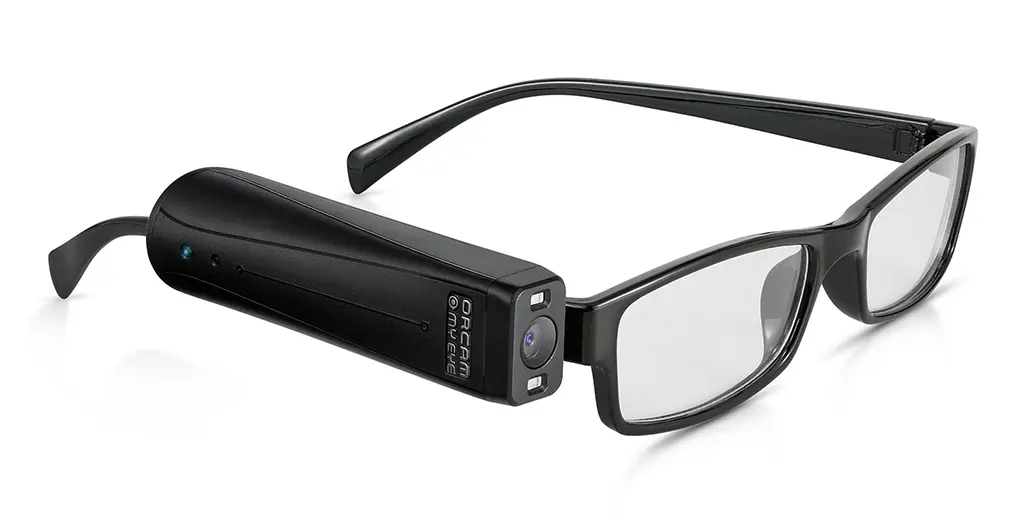Voice-Activated Assistive Devices: Empowering the Visually Impaired Through Innovation
Wiki Article
Enhancing Accessibility With Assistive Modern Technology for the Blind
The integration of assistive modern technology for the blind stands for an essential development in accessibility, basically changing how people browse their environments and involve with society. As we explore the varied kinds of assistive gadgets and their substantial effects on day-to-day living, it comes to be crucial to check out how continuous technological advancements are reshaping the landscape of assistance for the blind community.Summary of Assistive Innovation
Assistive modern technology describes a variety of gadgets and software made to enhance the capacities of individuals with handicaps, including those that are aesthetically impaired or blind. This modern technology plays an important role in promoting freedom and improving the lifestyle for users. By supplying alternative techniques for accessing details and performing everyday jobs, assistive technology equips people to browse their settings more effectively.
The development and implementation of assistive innovation welcome a variety of principles focused on fostering ease of access. These concepts consist of user-centered design, which prioritizes the needs and preferences of the person, and the assimilation of technology into daily tasks. Such innovations ensure that assistive gadgets are not just useful yet also intuitive and simple to make use of.
In addition, assistive technology encompasses a diverse spectrum of services, from low-tech choices like magnifiers to state-of-the-art technologies such as display viewers and Braille displays. The ongoing evolution of this field is driven by the need to address the unique challenges faced by people with visual impairments (Wearable technology for low vision). As technology remains to advance, the potential for boosting access and advertising inclusivity continues to be encouraging, eventually adding to a much more equitable society

Types of Assistive Instruments
Numerous kinds of assistive gadgets are readily available to sustain individuals who are aesthetically impaired or blind, each designed to deal with certain demands and challenges. These devices can be generally categorized right into three primary types: low-tech, mid-tech, and sophisticated remedies.Low-tech gadgets include items such as magnifiers, Braille labels, and responsive maps. These are fairly simple devices that boost the user's ability to communicate with their atmosphere without needing complicated modern technology.
Mid-tech tools often include advanced features, such as electronic magnifiers and mobile Braille note-takers. These devices can supply capabilities like speech result, enabling individuals to gain access to details extra successfully.

Impact on Daily Living
The schedule of different assistive tools considerably enhances the quality of life for individuals that are blind or aesthetically impaired, affecting their everyday living in extensive methods. By integrating innovations such as display viewers, Braille presents, and audio summary services right into their regimens, customers get greater autonomy and self-reliance. These devices help with accessibility to info, making it possible for individuals to execute daily jobs, such as checking out emails, navigating public areas, and appreciating media material.Additionally, assistive gadgets equip people to involve even more completely in social interactions and area activities. The capability to make use of mobile phones geared up with ease of access features allows for seamless communication and link with others. This connection promotes a sense of belonging and decreases sensations of seclusion.
In specialist setups, assistive modern technology sustains performance browse this site by permitting people to total work tasks effectively. Tools like voice acknowledgment software program and specialized magnification devices make it possible for individuals to join the workforce on equivalent ground with their sighted peers.

Advancements in Innovation
Recent technological developments have actually dramatically changed the landscape of devices available for people that are visually impaired or blind. The assimilation of man-made knowledge (AI) and artificial intelligence has actually triggered applications that enhance navigating and object acknowledgment. For instance, smart device applications can now utilize AI to recognize and define address surroundings in real-time, giving customers with valuable contextual details.In addition, improvements in haptic innovation have brought about the development of clever walking canes equipped with sensing units that detect challenges and give tactile responses. This encourages customers to browse their environment with enhanced confidence and independence. Developments in text-to-speech software application and braille display screens have actually boosted the access of digital content, permitting for seamless communication with various media.
Wearable technologies, such as clever glasses, are likewise making strides in helping aesthetic problems. These tools can offer augmented reality experiences, superimposing vital information onto the customer's field of vision. Jointly, these improvements not just boost the lifestyle for individuals who are blind yet additionally promote better incorporation in culture. As innovation remains to develop, the capacity for much more transformative tools remains on the perspective.
Future Trends and Innovations
As technology swiftly advances, the future of assistive devices for individuals that are blind holds tremendous guarantee. Technologies in expert system (AI) and artificial intelligence are poised to reinvent the method blind customers engage with their settings. For instance, AI-driven applications are being established to enhance item recognition, allowing individuals to recognize and browse their surroundings with better simplicity and accuracy.
In addition, advancements in haptic feedback innovation are enabling the production of responsive maps and navigation aids that offer real-time info with touch. These technologies not only boost wheelchair but additionally foster self-reliance. In addition, wearable devices equipped with increased reality (AR) features are emerging, providing individuals aesthetic information through sound summaries, therefore bridging the space between the electronic and physical globes.
Additionally, the combination of smart home modern technology provides brand-new opportunities for availability, enabling individuals to manage their living settings with voice commands or smartphone applications. As partnership in between technology programmers and the blind area look these up continues, the emphasis on user-centered design will guarantee that future developments are tailored to fulfill the special demands of this population (Wearable technology for low vision). The trajectory of assistive modern technology assures a more inclusive and empowering future for people that are blind
Conclusion
In conclusion, assistive technology plays a vital role in enhancing accessibility for individuals with visual impairments. Constant developments in modern technology and user-centered layout make certain that these devices cater successfully to the one-of-a-kind needs of the blind community.The integration of assistive innovation for the blind represents a critical development in ease of access, essentially altering how people navigate their settings and engage with culture.Assistive modern technology refers to a variety of gadgets and software application made to improve the capacities of people with specials needs, including those who are blind or visually impaired. Wearable technology for low vision.As technology quickly progresses, the future of assistive devices for individuals that are blind holds enormous pledge. The trajectory of assistive modern technology assures a more comprehensive and empowering future for individuals that are blind
In verdict, assistive innovation plays an essential function in improving availability for people with aesthetic problems.
Report this wiki page